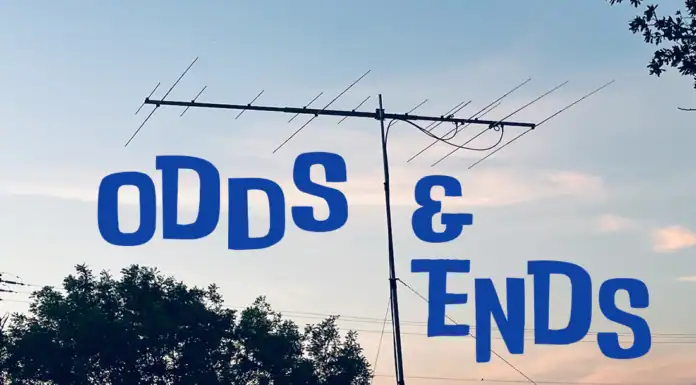The Central States VHF Society Conference has been my favorite ham radio gathering since I attended the Austin meeting in 2014. I then connected at Wichita in 2018 and Little Rock in 2023. This year, it was in Cedar Rapids. Here’s a recap of my experience and a summary of my June 2023 VHF Contest, A Deep Dive Analysis presentation.
Overall Impressions
What I like about this conference is the small attendance list of 100+ and the exclusive focus on VHF and above operations. That, in turn, means that the attendees have substantial experience and expertise. Plus, they share that expertise over two days of incredible presentations.
There is also the fact that a yack session, as I call it, starts roughly 10 seconds after I recognize the person, either from previous sessions or, more likely, their call sign. Not only that but most of these operators are engaged in the same activities that I highlight here in my ham radio adventures blog.
Of course, some technical presentations stretched my understanding of critical concepts, such as working moon-bounce with QRP power levels. I took quite a few notes on things to try at home.
Rover/Dish Bowl, Antenna Range, and LNA Testing
The first morning of the conference starts with a Rover/Dish Bowl, where operators bring their Rover or microwave setups to share with the group. It’s a fascinating experience to see how they operate and the techniques and equipment they use, which further provides ideas for improvement for my home station.
There is also an antenna range where they test the gain and antenna pattern for homebrew antennas that the participants bring to the conference. Likewise, they test LNAs for noise figure and gain. I brought my two-meter preamps for measuring. The Antennas-Amplifiers 2-meter EME3 LNA/Bandpass Filter/PTT tested at a 0.6 dB noise figure, better than the advertised 0.7 dB. I also brought a Nooelec 2-meter SAW LNA. It tested at 0.65 dB noise figure, a specification they don’t provide.
June 2023 VHF Contest Presentation
Friday afternoon and all day Saturday are devoted to presentations. That includes presentations during lunch and for the closing banquet. My devotion to learning takes off during this time. I also convinced them to let me give a presentation. This year, it was about the June 2023 VHF Contest.
I took up this task because I had volunteered to write the full contest results article for the 2023 contest. Here’s the link to the article: 2023 June VHF – Full Results V1-4. That, in turn, encouraged me to dig deeper into the numbers to find insight into participation levels and the impact of the new analog-only entry categories. Here’s the link to the full slide deck: June VHF Deep Dive V1
I’ve included some of the highlights of the presentation nearby. Total log submissions have been steadily increasing; apart from the 2020 Pandemic, everyone at home is an anomaly. Unfortunately, the 2024 entries gathered from the currently posted raw scores took a hit.
The following images cover the differences in three categories based on the analog-only entry categories. It looks like this new category didn’t increase overall participation levels, but it could have attracted others or encouraged current participants to remain active in the contest.
The slide below shows participants over the past six years who have participated in only one contest, two, etc. With this analysis, I wanted to determine the underlying patterns to contest participation growth. One question was whether new participants were arriving and offsetting those who stopped participating. The next slide shows the one contest-only participants by year.
Another highlight was examining the grids activated during the 2023 contest. The maps below show fixed and rover stations and the combined map shows the grids that were only activated by rovers. I like that one. However, I also want to find out how to show a third dimension of how many stations are in each grid.
Digital QSOs are always of interest. I’ve highlighted the digital QSO percentage for all bands and then broken it down by band.
One final note: After checking the 3830 contest scores website, I found 617 stations reported their scores, but 48 didn’t submit a contest log! That means they carefully logged all contest contacts, bragged or complained about them, and didn’t bother submitting them to the contest organizer—my goodness.
This slide prompted a discussion with John Kalenowski, K9JK, who reported that roughly 3 to 4 times the number of stations submitting logs are shown in those logs during the log-checking process. We plan to document this number as something to measure and, thereby, show the total reach of the contest.
That’s my experience at the CS-VHF Society Conference and some info on the 2023 June VHF Contest. I encourage you to consider joining the society, participating in the VHF sprints they organize, and attending the conference.


















